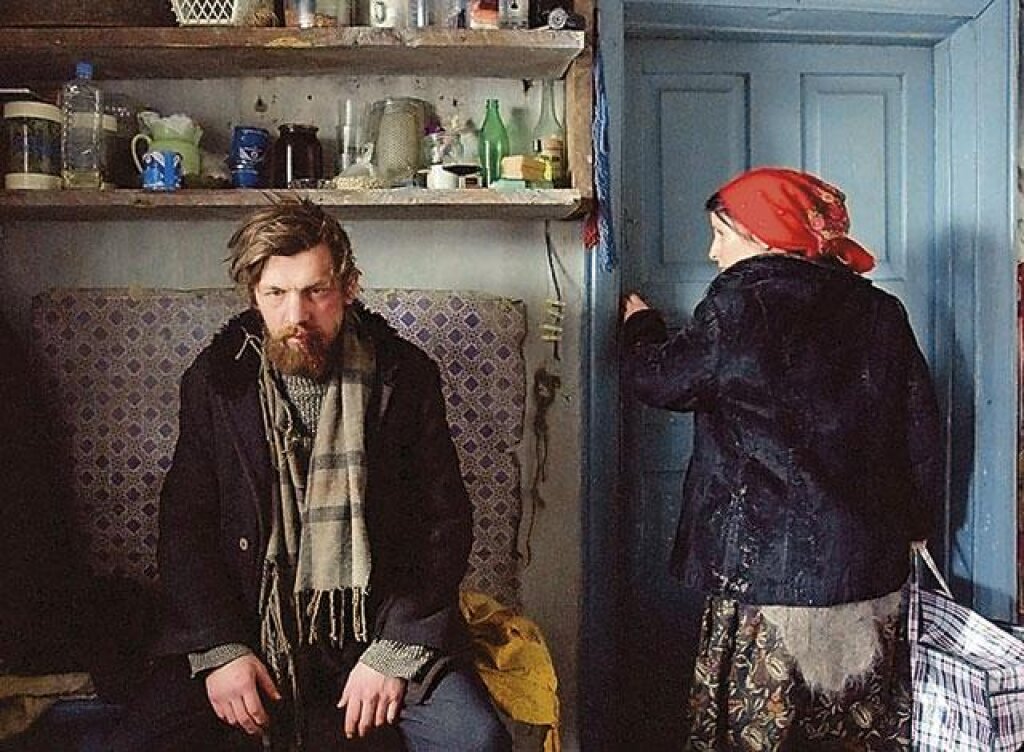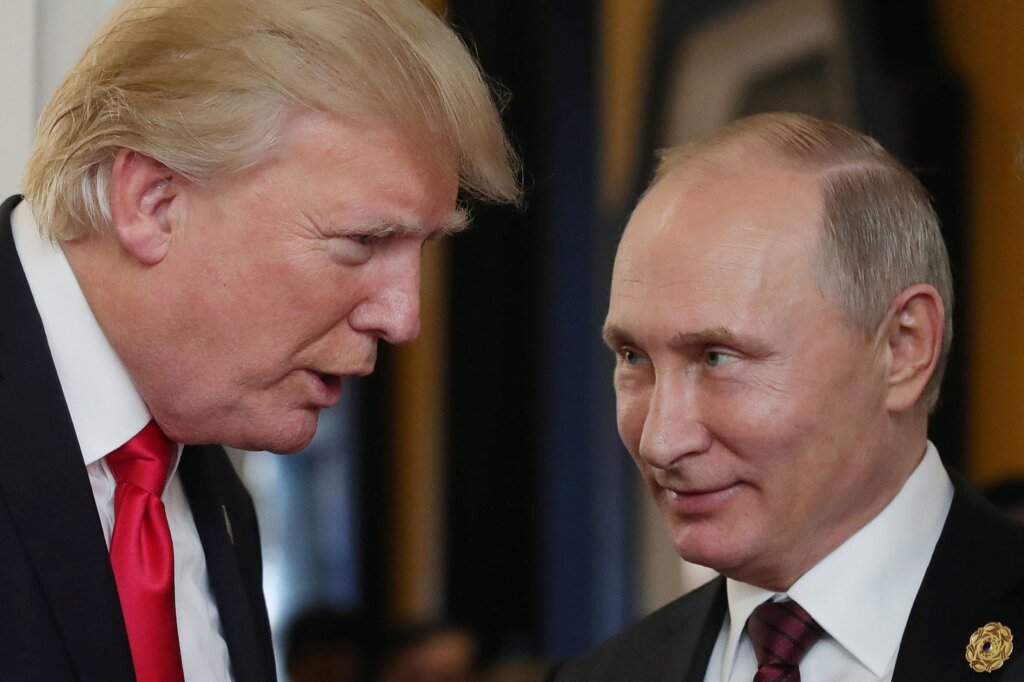Jacob Kiernan is a doctoral student in the Departments of Comparative Literature and Russian & Slavic Studies.
While lacking the leather-clad explosivity of Road Warrior and the melancholic drone of Red Lights, Sergei Loznitsa puts Russia on the map with his new on-the-road flick, My Joy. Where that road leads is not so clear.
Born in Baranovichi, Belarus, Loznitsa grabbed a degree in applied mathematics and worked at the Kiev Institute of Cybernetics before starting in on the film business. His first non-documentary film, My Joy, showed Loznitsa to be an up-and-coming superstar from the East, when the film was selected for the main competition at Cannes in 2010. While the title is heavy-handedly sardonic, My Joy takes to the backwaters to show the contemporary state of the Motherland.
When the handsomely laconic Georgy--reminiscent of Danil from Brother (1997)--takes to the road hauling a mysterious cargo, he has little idea what lies ahead. After an unseen accident diverts him from his route, he heads into the backcountry with confidence and a complete ignorance of the way these country folk make do. He ends up encountering a fantastical lineup of locals: a spectral World War II vet, aspiring prostitute and gnarly pack of hicks, who make the cast of Winter’s Bone (2010) look like the crew at one of your babushka's tea parties.
“The road, where does it lead?” Georgy asks.
“It’s not a road, it’s a direction,” answers his potato-munching companion.
“Where does it lead?” Georgy asks again.
“Nowhere?”
The directionless state of Russia is not only reflected by the locals, but in flashbacks to violence and deception of World War II. Foreshadowing Loznitsa’s newest film--yet unreleased in the U.S.--In The Fog, these traumas of World War II continue to echo through this rural hinterland. And while the aesthetics of these boonies has changed little since the 1940s, Loznitsa depicts a world where anarchy has only increased and intensified: small talk is an excuse to hit you over the head, and even police corruption doesn’t respect its own.
“We’re doing a population check,” a policeman knocks at the door of a local house.
“What population?” an old man answers.
Loznitsa wonders what has become of the Russian population and the great Russian soul in times of both wild capitalism and brutal scarcity. If all Russian provinces function as semantically equivalent, as Anne Lounsbery explains, then the unnamed rural town in My Joy casts a dark shadow from Tver to Volgograd. But while My Joy has been accused of being one of the most Russophobic films ever produced, it is a must-see for its brilliant cinematography and its exploration of the darker side of Russia and the nation’s connection to its past. For only the end of the film can revealed whether Georgy will be able to steer us away from this road of no return.



